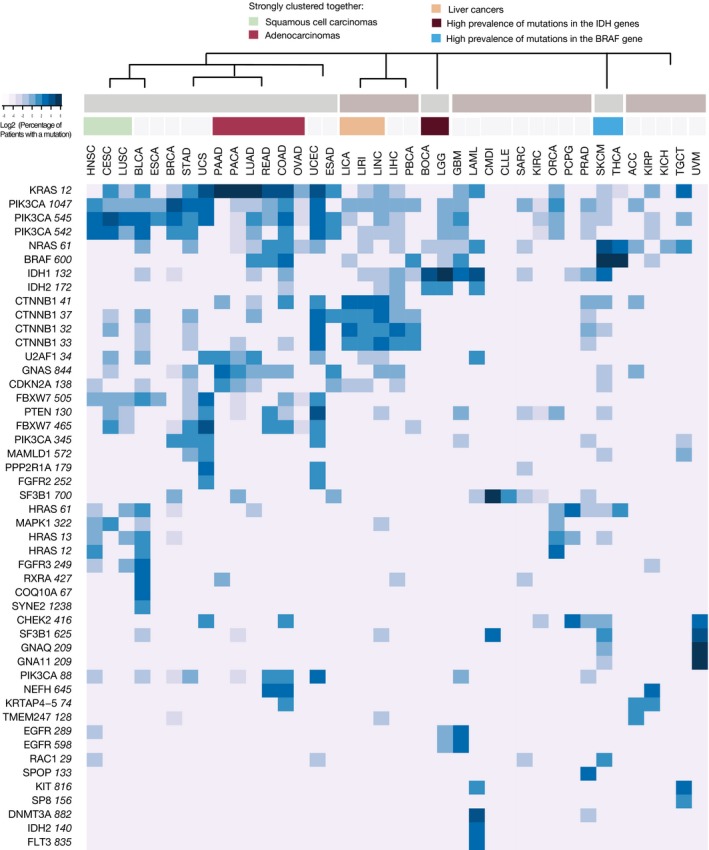Figure 5. Hotspot mutations drive clustering of tumor types.

The depicted heatmap includes hotspots that were mutated in at least one‐third of the patients in one or more tumor types. The coloring corresponds to the log2 value of the percentage of patients with a mutation in each tumor type. The range goes from 0 to 78% of patients. The latter value corresponds to the percentage of patients with the KRAS 12 mutation in pancreatic cancer (which is 6.28 on the log2 scale). Clustering of tumor types was performed independently with the pvclust method and it included data for all hotspot mutations. The ordering of tumor types on the heatmap is based on the dendrogram obtained with the pvclust method. A simplified version of the dendrogram above the heatmap indicates clusters that were reported up to the height of 0.5 (the full scale was from 0 to 0.7). In addition, the most distinct individual clusters (corresponding to the height of 0.25) are colored and annotated. Different hotspots in the same gene tend to cluster together, and the clustering of tumor types is largely based on the cell type of origin. Abbreviations: head and neck squamous cell carcinoma (HNSC), cervical squamous cell carcinoma and endocervical adenocarcinoma (CESC), lung squamous cell carcinoma (LUSC), bladder urothelial carcinoma (BLCA), esophageal cancer (ESCA), breast invasive carcinoma (BRCA), stomach adenocarcinoma (STAD), uterine carcinosarcoma (UCS), pancreatic adenocarcinoma (PAAD), pancreatic cancer (PACA), lung adenocarcinoma (LUAD), rectum adenocarcinoma (READ), colon adenocarcinoma (COAD), ovarian serous cystadenocarcinoma (OVAD), uterine corpus endometrial carcinoma (UCEC), esophageal adenocarcinoma (ESAD), liver cancers (LICA, LIRI, LINC), liver hepatocellular carcinoma (LIHC), pediatric brain cancer (PBCA), bone cancer (BOCA), brain lower grade glioma (LGG), glioblastoma multiforme (GBM), acute myeloid leukemia (LAML), chronic myeloid disorders (CMDI), chronic lymphocytic leukemia (CLLE), sarcoma (SARC), kidney renal clear cell carcinoma (KIRC), oral cancer (ORCA), pheochromocytoma and paraganglioma (PCPG), prostate adenocarcinoma (PRAD), skin cutaneous melanoma (SKCM), thyroid carcinoma (THCA), adrenocortical carcinoma (ACC), kidney renal papillary cell carcinoma (KIRP), kidney chromophobe (KICH), testicular germ cell tumors (TGCT), and uveal melanoma (UVM).
